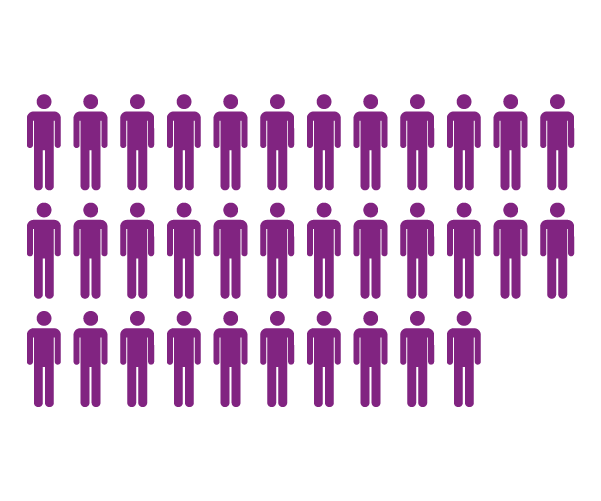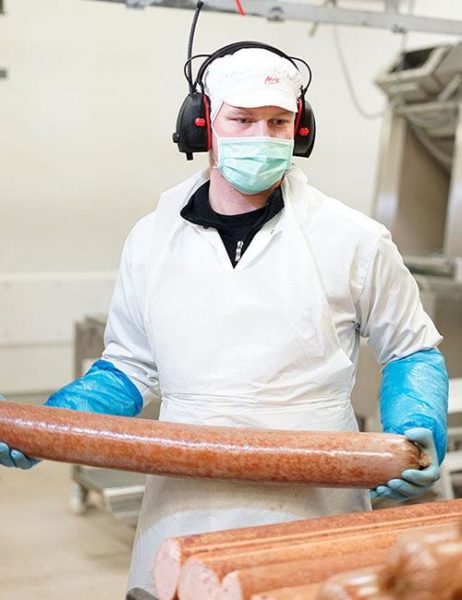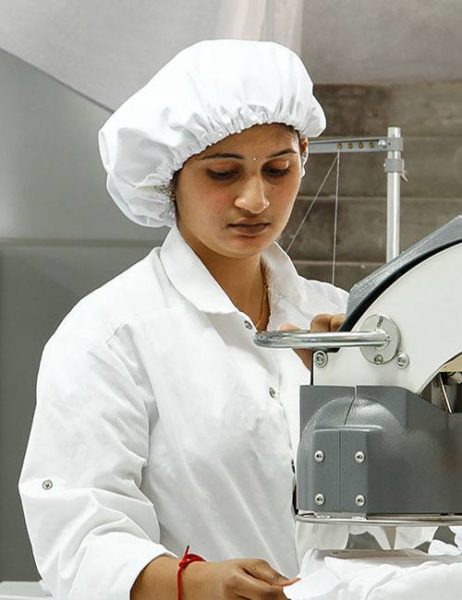A joint pilot project in smart textile management was launched in June by Lindström and food company Atria. The project makes use of radio-frequency identification, tracking tags attached to workwear. The technology allows to monitor the circulation and volume of workwear delivered by Lindström also in Atria’s own premises. A total of 30,000 workwear garments are in circulation.
The jointly developed garment range caters for the clothing needs of 2,000–2,700 Atria employees. Employees having clothing that allows them to work well and safely served as a starting point for the pilot project. The lifecycle of workwear can be monitored in a completely new way with the availability of accurate information on how often an item of clothing has been used, washed and maintained.
“Knowing the whereabouts of items of workwear and thus also their need means that no one has to worry whether clean workwear is available at the start of a shift,” explains Ralf Tupeli, Procurement Director at Atria.
Partnership and responsibility make a difference
In the food industry, the main function of workwear is to protect food products. Workwear needs to correlate with the industry’s high hygiene standards. Also responsibility counts. “It is important for Atria that all suppliers operate responsibly, taking care of their financial, social and environmental obligations. Also public reporting increases reliability,” says Anne Hirvelä, Quality Manager at Atria. In addition, longterm partnership plays a role. “It makes a difference for Atria that new solutions are developed for key workwear needs in longstanding partnership,” Hirvelä adds.
According to Hirvelä, in addition to ensuring food safety, workwear needs to be functional and comfortable in challenging working conditions. Clothing needs to protect employees from moisture and the cold, while being breathable and pleasant to wear. High-quality, suitable workwear improves wellbeing and work itself.






